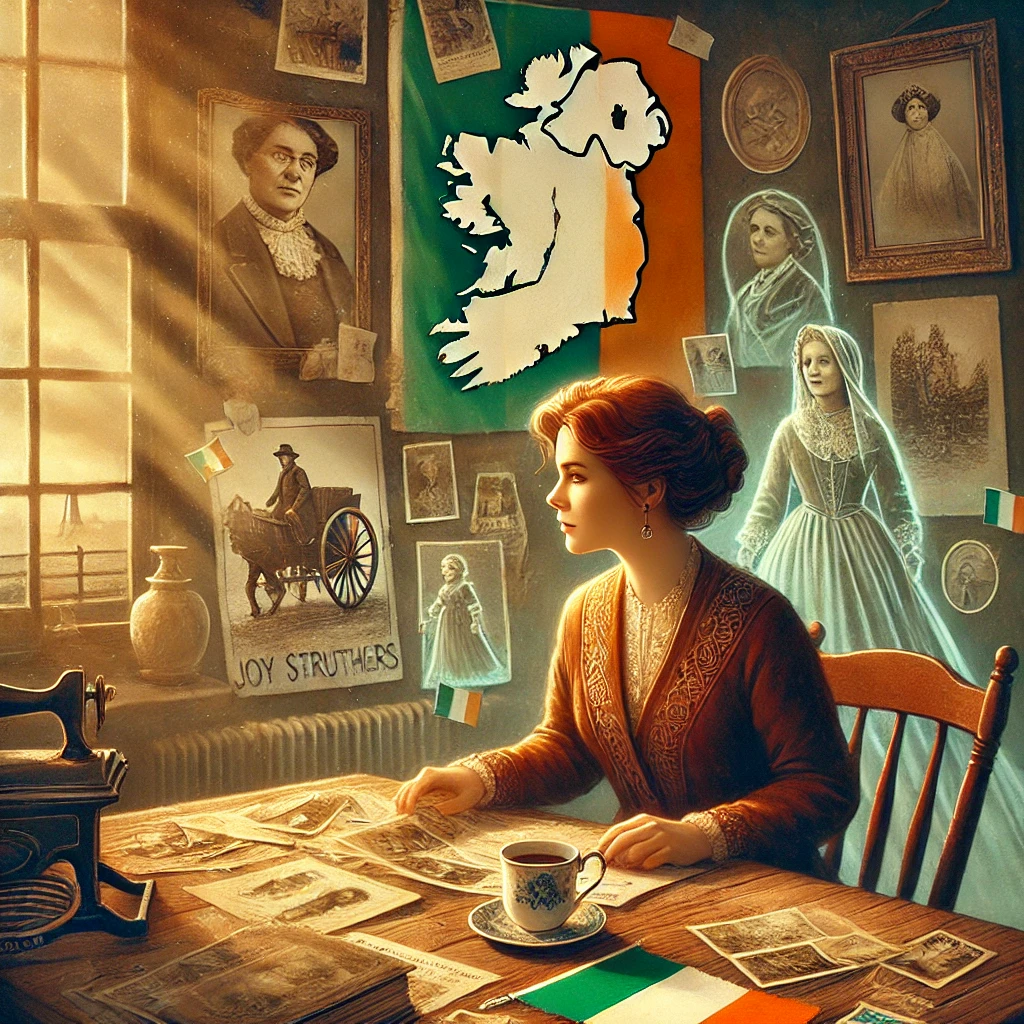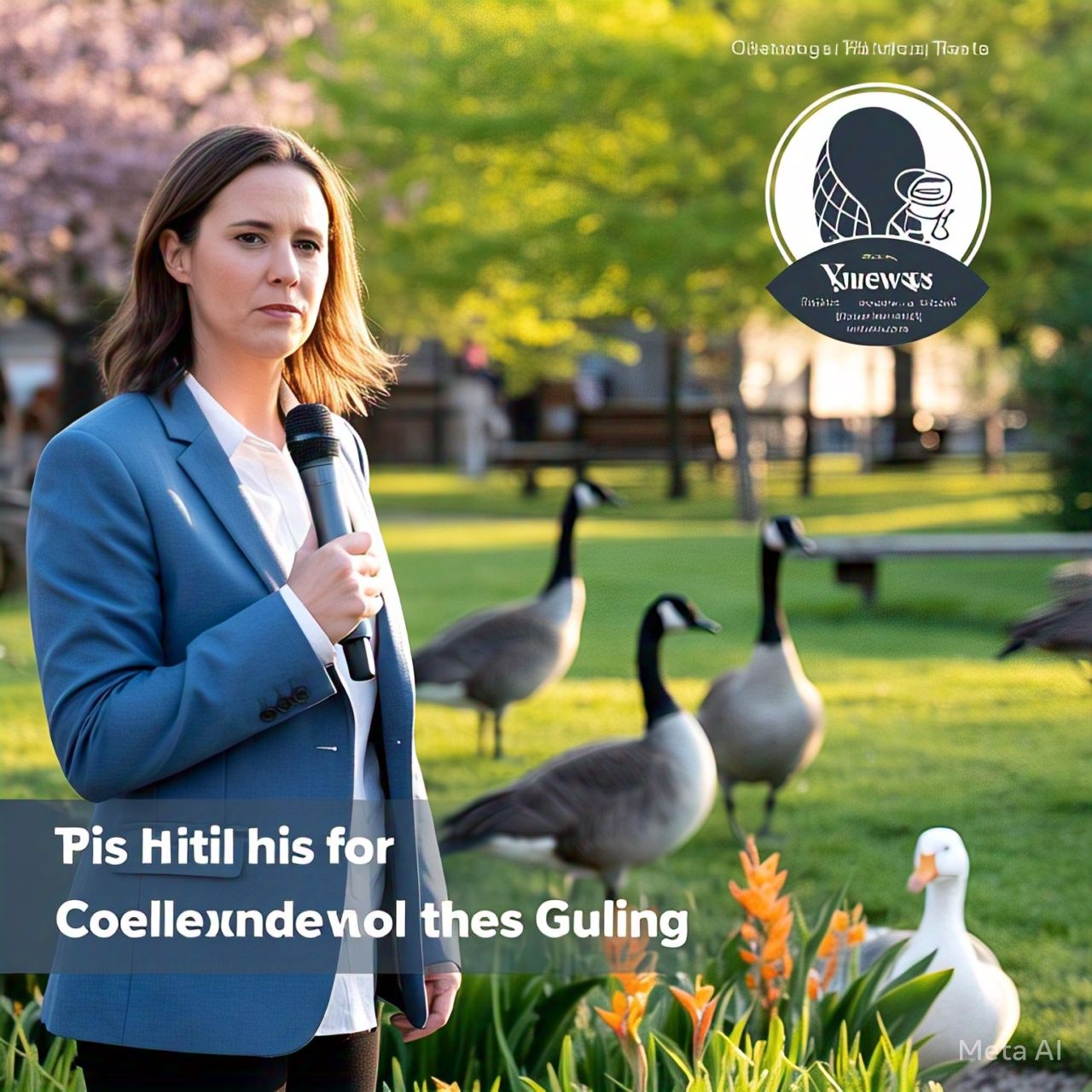
Every March, as shamrocks bloom on storefronts and green-themed everything fills the streets, I find myself reflecting on the pieces of Ireland woven into my past. My name is Joy Struthers, and this Irish Heritage Month, I decided to look a little deeper into my family’s story—one that begins across the Atlantic in County Kildare, Ireland, and winds its way to Canada.
Like many Canadian families, mine includes threads of Irish heritage that stretch back generations. But here’s the twist: the more I uncover, the more I realize our Irishness might be more complex—and less Irish—than I once believed.
Let’s start with Great-Grandma Mary Patterson, the first in our Irish branch to be born in Canada. Her mother, also named Mary (Leighton) Patterson, came from Connaught Bridge in County Kildare and died tragically young, at just 31. She left behind her husband Thomas and their two daughters, Mary and Jane. The young girls immigrated to Ontario without their mother, carried by their father’s love and a wagon pulled by oxen—yes, oxen—from Port Stanley to Adelaide Township near Strathroy, Ontario.
My father’s cousin, Penn Kemp, a poet in London, Ontario, told me the story passed down through generations: Thomas was proud that they didn’t travel “by steerage.” At the time, I had no idea what that meant. Turns out, steerage referred to the cramped, disease-ridden lower decks of immigrant ships—coffin ships, as they were grimly nicknamed during the Irish Potato Famine.
Why didn’t my ancestors speak of Mary’s death? Why only the quality of their travel accommodations? Perhaps grief tucked those memories deep into silence. Thomas never remarried or had more children. Maybe he couldn’t.
Mary Patterson, my second-great-grandmother, was born in 1846—the year before “Black ’47,” the worst year of the Irish Famine, when more than a million people died and another million fled. It’s likely her family left in the years that followed. Her grandfather, John Patterson, died in County Mayo in 1851, and his wife Elizabeth—my fourth-great-grandmother—survived him and eventually died in Adelaide Township at the incredible age of 93.
Elizabeth is the furthest back I’ve traced in my family tree. She bore ten children in Ireland and very likely helped raise her granddaughters Mary and Jane in Canada. I wonder often about what she lived through—from famine to loss to rebuilding a life in a strange new country.
And then, the stories start connecting in unexpected ways.
Mary’s sister Jane married William Garner Curry. Their son? Sir Arthur Currie, the celebrated Canadian general from the First World War. Apparently, he altered the spelling of his name after being teased. My grandmother, Jean Laurie (Bowley) Struthers, once told me that an antique chair in her home had been sat on by “a famous general.” Now that story finally makes sense. Sir Arthur Currie was family—and yes, also a Patterson.
The lineage continues: Mary Patterson married William Patterson Morgan and passed on the Irish Gaelic language to their daughter, Eva Bertha Maud (Morgan) Bowley, who then taught it to my grandmother Jean. Jean would greet me every St. Patrick’s Day with a cheerful “Top of the mornin’ to ya!” and string together bits of Gaelic I never quite understood but always loved hearing.
So, do I have Irish ancestry? Absolutely. But more than that, I have Irish stories. Not just of famine and migration, but of perseverance, family, and quietly enduring loss. Of ox cart journeys and antique chairs. Of language passed down in whispers and greetings. And of finding out your ancestors were tougher, more resilient, and more rooted than you ever imagined.
And while I may not speak Gaelic or fully understand steerage or famine, I do know this: each March, the green I wear carries memory, not just tradition. A tribute to the Irish women and men whose stories still echo through our lives—whether whispered in Gaelic, carried in a chair, or traced on an old ship manifest.
Now it’s your turn: What’s your Irish story?



